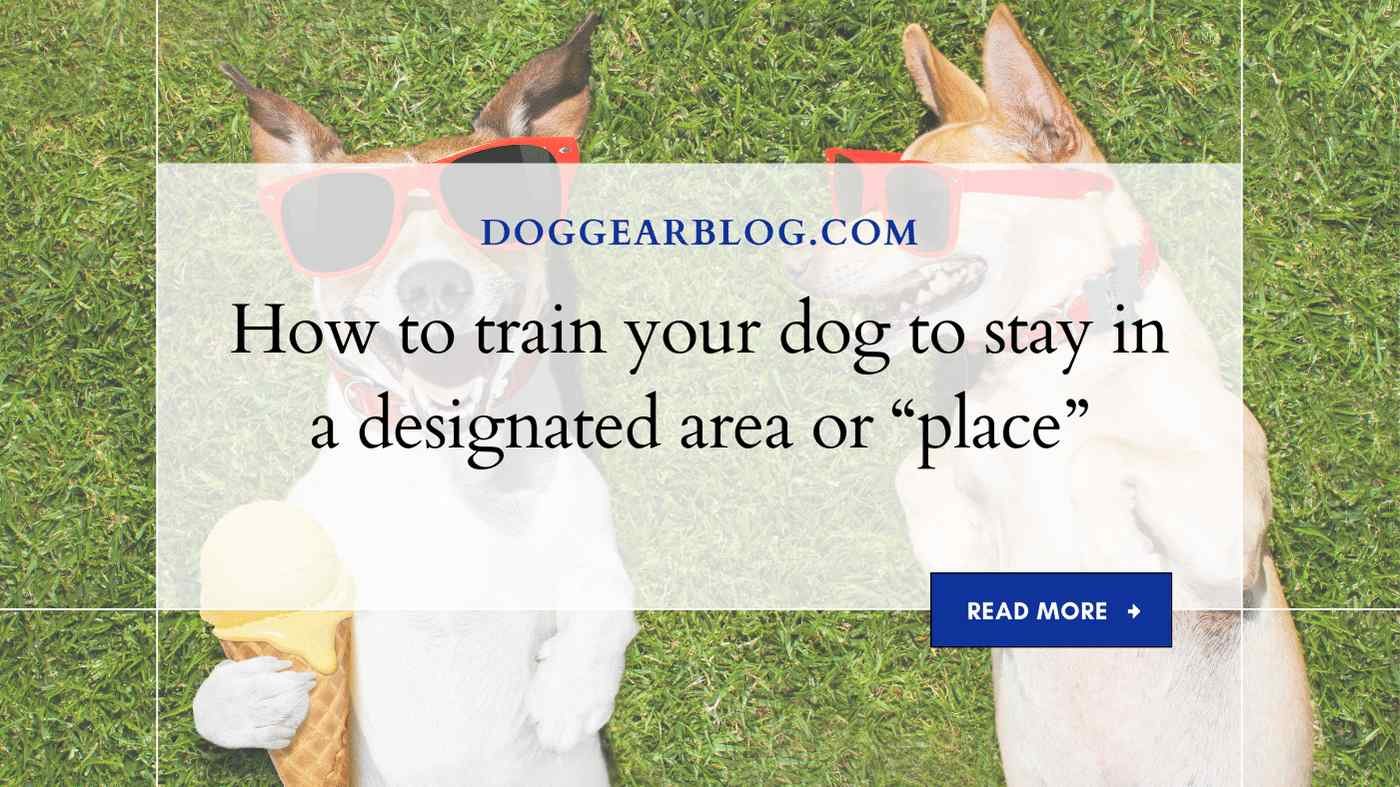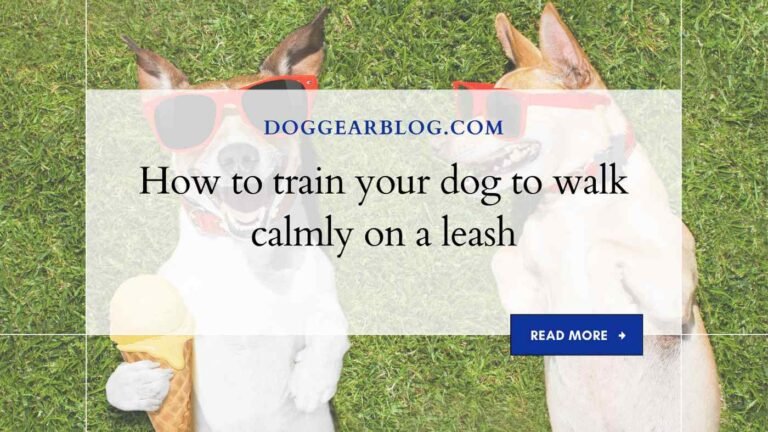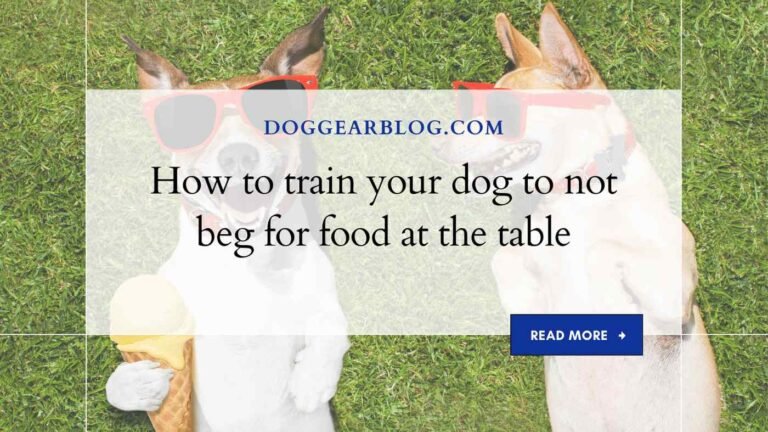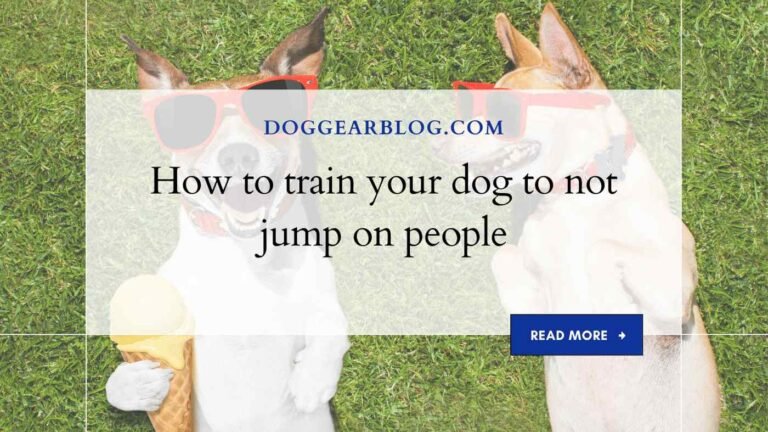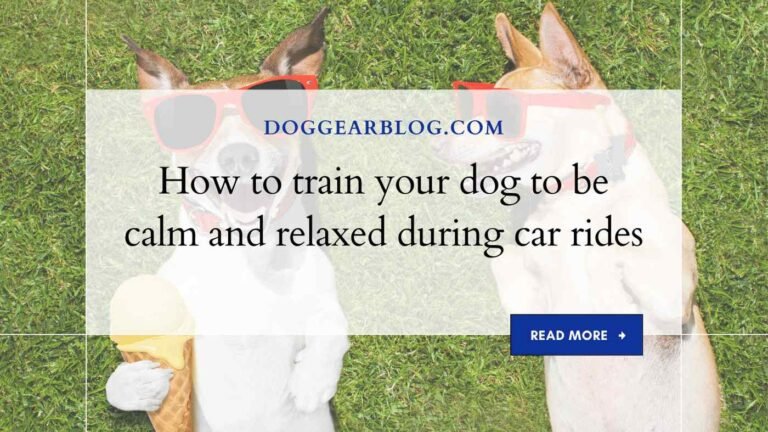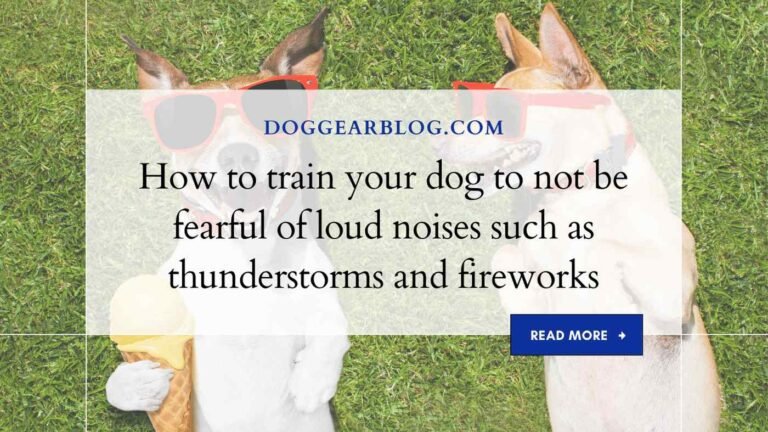How to train your dog to stay in a designated area or “place”
Are you tired of your furry companion wandering off and causing chaos around the house? Do you wish that they would stay put in one area while you go about your daily business? Well, we have some good news for you! With a little bit of patience, consistency and positive reinforcement training, it is possible to teach your dog to stay in a designated “place”. Say goodbye to stress-inducing behavior and hello to a calmer, more obedient pup.
In this blog post, we will guide you through the steps on how to train your dog to stay in a specific spot using tried-and-tested methods that really work. So grab some treats (for both you and your pooch) and let’s get started!
What is the desired outcome?
When training your dog to stay in a designated area or “place”, it is important to clearly communicate the desired outcome. The goal is for your dog to understand that when he’s inside the designated area, you’re nearby and will keep him safe. Here are some tips for training your dog to stay:
- Start out with short distances. gradually increase the distance over time as your dog becomes more obedient.
- Reward your pup generously whenever he stays in the designated area. This will help teach him that staying in one place is always a good thing!
- Be consistent with your commands and rewards, and be patient while training your dog. He may take longer than you expect to learn how to stay put, but patience is key – eventually, he’ll get the hang of it!
- If your dog tries to leave the area, calmly call him back and reward him for good behavior. Again, consistency is key – your dog will eventually understand that leaving the designated area means he won’t get a treat.
Remember that training your dog to stay in one place is an important task – patience and regular reinforcement will help him learn quickly!
Why do you need to train your dog?

Training your dog to stay in a designated area or “place” can be a critical element of ensuring safety when out walking or traveling with them. Training is a gradual process that should begin as soon as you bring your new pup home. Teaching them where “home” is and how to respond when they are asked to “come” will go a long way in maintaining control while outdoors.
Here are some tips for training your pup:
- Establishing Territory – The first step in training your dog is to establish their territory. This involves marking their “place” with a dig, pee or chew and making sure they remember it. Once your pup knows their territory, begin teaching them specific commands to go to that place. Many times this will include a word such as “down,” “come,” or “stay.” If your pup appears to be forgetting their territory, constantly reinforcing the command with good food will help keep the training on track.
- Obedience training – After your pup has established their territory, you’ll need to train them to obey simple commands such as “sit” and “stay.” This should be done gradually over time so as not to scare or frustrated your dog. Start by rewarding them after they’ve performed the desired behavior, then work up to giving verbal commands when necessary. Be consistent in your instructions and rewards – if you’re inconsistent, your pup will learn that disobedience pays off.
- Ignore distractions – Another important aspect of training is learning how to ignore distractions such as other pets or children in the vicinity. This can be a difficult task, but with repeated practice your dog will eventually learn that going somewhere else is the best course of action when requested to do something specific.
- Dos and Don’ts – Finally, it’s important to teach your pup some general rules such as “don’t bark,” “stay away from strangers” and “don’t jump on people.” These rules should be taught early on so that you and your dog always have a solid baseline for behavior. If you ever need to punish your pup for breaking these rules, make sure to do it in a way that doesn’t cause further harm or distress.
Basic commands for dog training
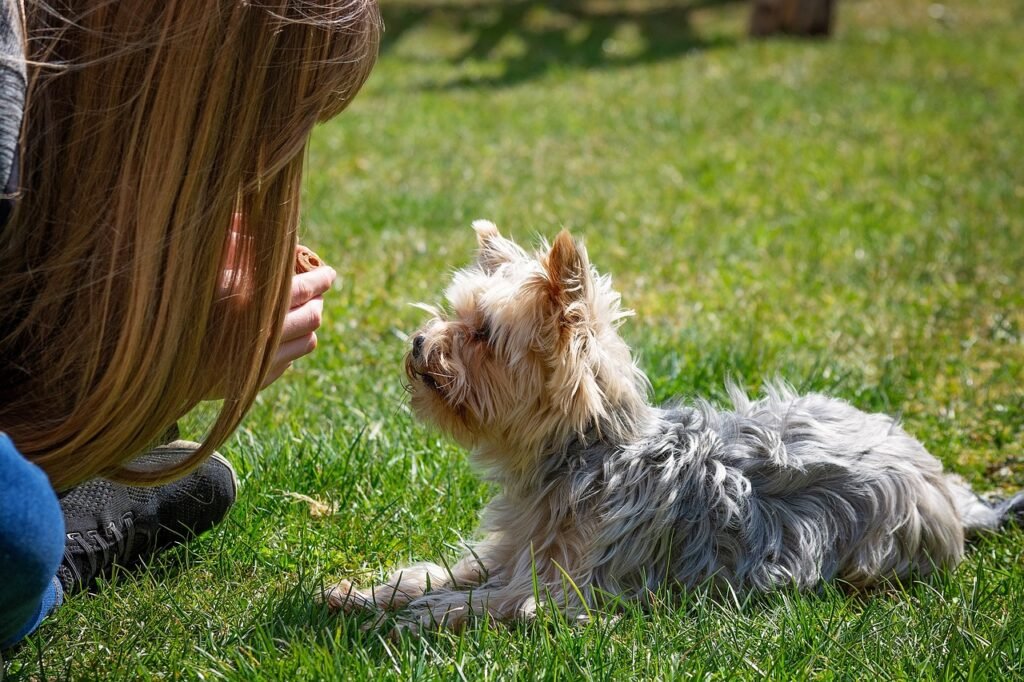
In order to train your dog to stay in a designated area or “place,” it is important to have a good understanding of the commands that you will be using. Below are some basic commands that will help you train your dog:
“Sit!” The command “Sit!” is used when the dog has misbehaved and needs to be corrected. To give the command, you must stand in front of the dog with your arms stretched outstretched, grab the dog’s collar, and give a quick jerk backwards. “Down!” The command “Down!” is used when the dog has done something that requires it to be on its knees. To give the command, you must crouch down next to the dog and hold out your hand. You should make sure that there is plenty of room between you and the pet as this command can induce fear in some animals. If needed, use a stern voice while giving this command so that it reinforces desired behavior.
“Stay!” The command “Stay!” is used when the owner wants their pet to stay put inside a designated area or space such as their backyard or car. To give this command, you must take hold of the leash near your pet’s collar and tug slightly until they come back towards you. It is important to maintain eye contact with your animal while giving this command as disobedience may result in harsher punishments later on.
“Heel!” The command “Heel!” is used when the dog needs to be led or walking on a leash. To give this command, you must take ahold of the dog’s collar with one hand and guide their front foot with the other. You should keep your hand near the base of the dog’s skull in order to avoid irritation or injuries.
Teaching your dog to stay in a designated area
Preparation:
Before you begin training your dog to stay in a designated area, it is important to start with the basics. Crate-training your dog will help make this process much easier. Make sure your dog has plenty of chewing and sleep opportunities while you are training, as they will need their energy levels up in order to be obedient.
The first step is to create a “good” spot for them. This place should be one that is comfortable for both of you, and where your dog feels safe and secure. Have some toys or treats available so that they know this area is associated with positive things. Once your dog knows the good spot, the next step is to teach them the “stay” command.
To do this, put them in the good spot and have a treat nearby. As soon as your dog goes towards the treat, say “stay” (in a firm voice). If your dog doesn’t listen right away, repeat the command several times until they understand it. Then give them the treat and let them get out of the spot. Once they’re outside, praise them and give them the treat if they stayed in the spot!
If your dog has had problem staying in one place before, start by gradually adding more places until all areas are covered. Make sure to reward good behavior frequently – even if it’s just a pat on the back – so that they learn that staying near you is always rewarding!
Conclusion
Training your dog to stay in a designated area or “place” can be a very useful skill for when you’re out and about. It can help keep your dog safe, reduce the amount of chaos and noise that can be associated with an unsupervised pet, and generally make life easier for all involved. If you’re looking to teach your dog this important skill, we’ve got some helpful tips to follow.
